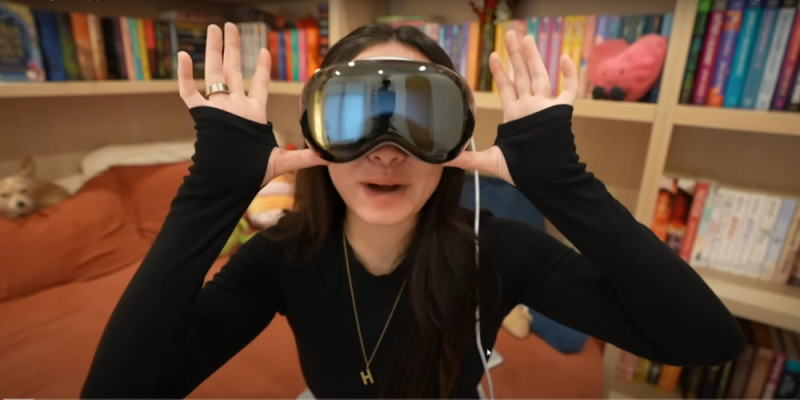
Since the introduction of the Vision Pro last Friday, I've been emphasizing the critical role of engaging content. This concept is not new or surprising; we've long understood that the success of hardware platforms is greatly influenced by their content libraries.
Let's take a brief journey back to the tail end of 2014. The unveiling of the first Apple Watch by Tim Cook, alongside the iPhone 6, was met with a mix of curiosity and skepticism. Many were left wondering about the purpose of the device—it wasn't the futuristic wristwatch from the comics since the 1940s but instead a miniature iPhone companion.
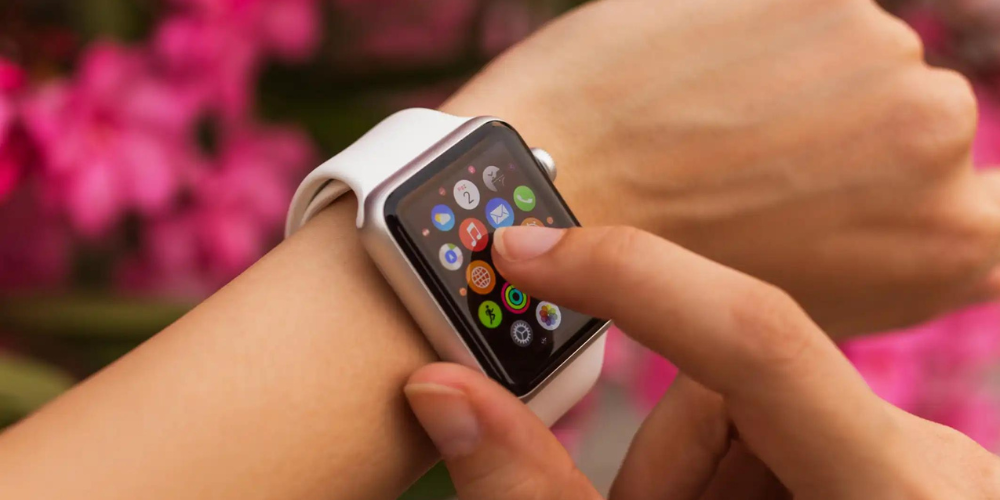
Only after a few years did Apple pinpoint fitness as the significant selling point of its smartwatch. Nowadays, the rationale behind owning a smartwatch is far more apparent and seldom questioned. While there's no certainty that the Vision Pro will follow a similar path, its success, if it arrives, will largely depend on the creations of the app and game developers.
The Vision Pro is undeniably a technological marvel, outperforming competitors in various areas such as passthrough capabilities, spatial awareness, and high-resolution display. However, many are left questioning its necessity and the willingness to invest $3,500 in it. The steep price tag, coupled with the mixed history of extended reality technologies, casts doubt on Apple's first foray into headsets.
In the end, the answer to "Why?" is rooted in content. Just days after the device hit the market, the question becomes: What is the Vision Pro's defining application? Currently, it appears to be computing, where Apple is focusing its efforts, possibly to entice corporate clients who can afford to purchase in volume. If businesses buy these headsets en masse, the economies of scale could reduce the cost for future iterations.
The strategy of building a platform is like crowdsourcing functionality. Apple might be immensely wealthy, but its development resources are not unlimited. By collaborating with third-party developers, they harness a plethora of fresh ideas that might seem unorthodox within the confines of a large corporate structure.
In anticipation of the Vision Pro's launch, whether Apple could still draw in key developers was a subject of debate. The presence of six hundred "optimized" apps available from day one was a notable start for a first-generation product in an industry with challenges. This number is supplemented by an even greater number of iPadOS apps compatible with the headset. The term "optimization" isn't black and white and can range from simple user experience adjustments for hand gesture control to full immersion with intricate hand-tracking features.
For the purposes of this discussion, my focus is on optimized apps that support immersive experiences. While running an iPad app on the headset might suffice for standard use, given this high-end, $3,500 device, we should explore its full potential and see what it's truly capable of.
Exercise and Mental Presence
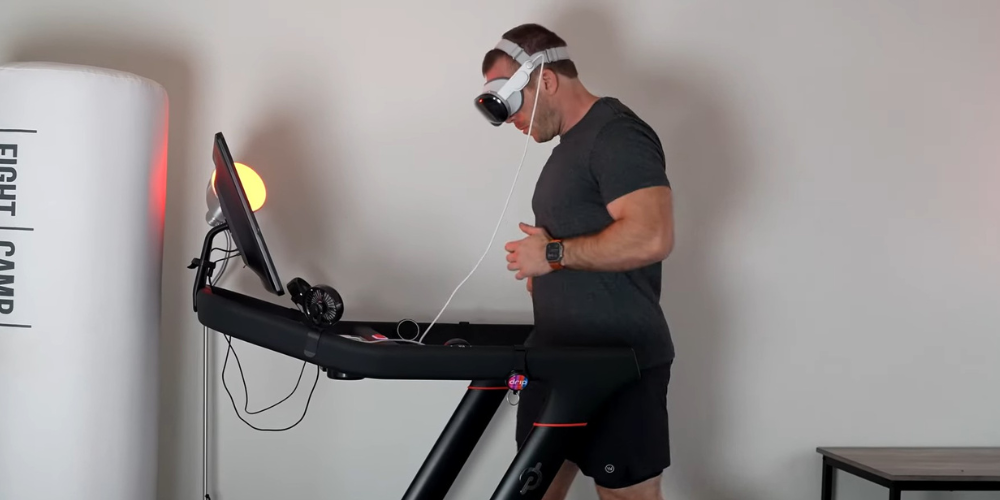
I strongly advocate for regular pauses from screen time. It's essential to stretch your legs, immerse in a book, engage in conversation, or connect with nature. This becomes even more crucial when the screen is a virtual reality headset hugging your face. Having lived with the Vision Pro for just over a week, I’ve noticed my sessions tend to fall into distinct blocks of time. As it stands, I’m typing this on my physical, not virtual, desktop computer. My interaction with the endless virtual desktop remains somewhat occasional.
I've learned that the Vision Pro is most effective when used with purpose. Instead of trying to morph all aspects of my life into spatial computing, engaging with the Vision Pro is a thoughtful exercise in assessing its suitability for specific tasks (though I acknowledge my views might differ if I were an owner rather than a borrower of the device). The extent of its integration into one's life will differ for each individual, but personally, I'm prone to motion sickness and, therefore, limit myself to roughly half-hour intervals.
In recent weeks, a few applications have woven themselves into my morning routine, particularly as I battle with ongoing health issues like degenerative disc disease, spinal stenosis, and sciatica. These conditions have hindered my gym attendance, but as I embark on self-managed rehabilitation, I'm gradually reintroducing mild workouts. My mornings now start with 20 minutes of Apple Fitness+ Pilates, followed by a session of Synth Riders on the Vision Pro.
Synth Riders, originally from the Meta Quest, is a rhythm-based game ala Rock Band or Guitar Hero, where your hands transform into instruments that interact with high-speed oncoming orbs. This addictive, brisk-paced game resembles Beat Saber but is defined by its synth music tracks and a visual style that might be described as "retro ’80s nostalgia." It offers varying levels of immersion, adjustable based on how attuned you need to be with your environment.
Although Synth Riders doesn't induce a heavy sweat—it's more about stimulating circulation—it's ideal for a mid-afternoon pick-me-up around 3 to 4 PM when energy levels typically wane. And if you do perspire, the device's light seal insert is conveniently washable.
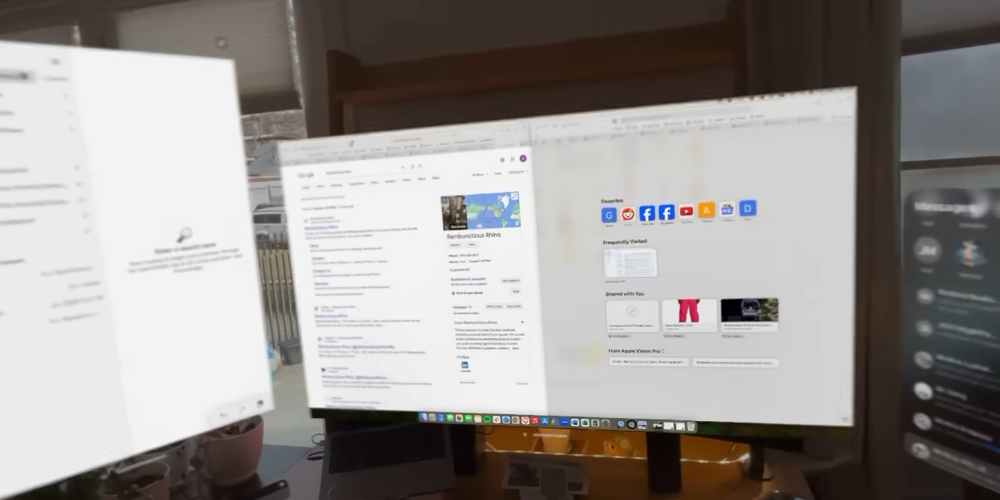
Looking to the future, I'm eager for the introduction of more light exercise apps to the platform, with Quest ports being an excellent point of departure. I'm intrigued by the potential for the platform to incorporate boxing or coaching on form, similar to what Tonal and Mirror offers.
I recently penned some thoughts on Apple's Mindfulness app. Despite its minimalistic approach to features, this simplicity isn't necessarily a drawback in the realm of meditation practices. Additionally, I've been experimenting with Endel Realms following my morning exercise routine. My previous coverage of the Endel mobile app discussed the benefits of its algorithmically generated music in aiding my return to regular meditation. Currently, Realms is a more straightforward tool that produces tranquil or stimulating atmospheres. You essentially spend five to ten minutes immersed in a sensory light experience. Up to this point, I have found it to be a grounding experience.
The Intersection of Scientific Inquiry and Entertainment
My wish list for the Vision Pro includes a trio of expansions: dinosaur encounters, deep-sea expeditions, and stellar journeys. The Dinosaur Experience is a perfect illustration of how interactive technologies can transport us elsewhere, allowing us to examine digitally resurrected dinosaurs through the lens of current science. Such encounters demonstrate the potential of the Vision Pro system impressively.
Yet, this is just a glimpse of what's possible. The experience, while brief and simple, with its limited interactivity comprising a butterfly perch on your digit and a few dinosaurs that gaze your way as you explore, is an appetizing teaser of the platform's capabilities. It lacks depth but dazzles with its aesthetics and engagement, hinting at grander adventures to come.
In anticipation of a virtual odyssey across the cosmos, SkyGuide has become my celestial standby. This app offers a deep dive into astronomy similar to NightSky on the iPhone but distinguishes itself by focusing on simulating various stellar viewpoints, from a bustling metropolis under the stars to the serene summit of a remote mountain.
When it comes to augmented reality showcases, Lego's Nintendo-themed demonstrations are exemplary. Builder's Journey creates a charming and interactive storyline that cleverly integrates the system's object recognition to bring a virtual Lego set to life on your tabletop.
Then there's Loona, a relaxed and cozy interactive puzzle called 'hygge' by the Danes, where you assemble simple objects like a scooter or a fireplace. It's a delightful stress reliever, although full access requires a purchase beyond the initial complementary puzzle.
Commerce and Business
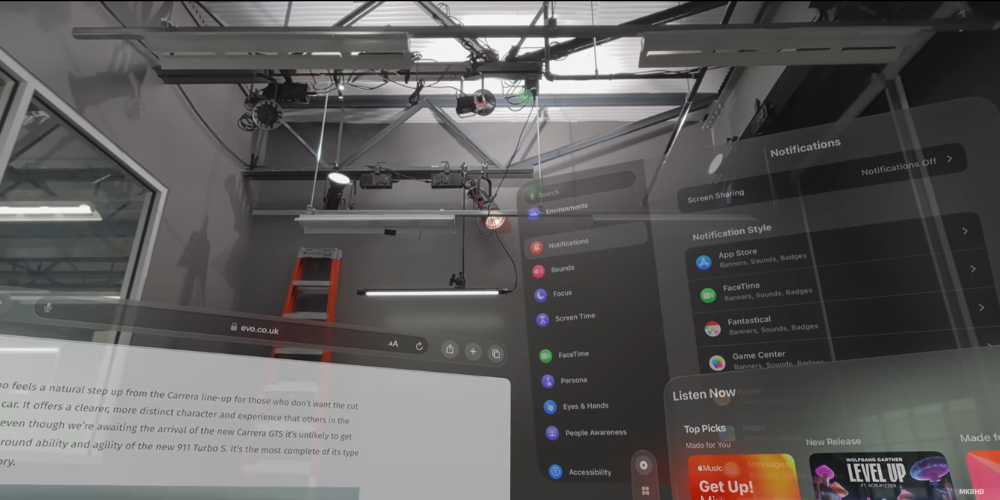
Although Microsoft Word doesn't excel in providing an immersive experience, it remains an industry benchmark for word processing, particularly when working with Vision Pro, which carries four decades of legacy. For tasks involving extensive typing, I would highly recommend using a Bluetooth keyboard and mouse due to the limitations of voice dictation and the impracticality of gesture typing for more substantial text input—the thought of using it beyond entering login credentials is enough to make one consider a hasty escape.
An impressive feature of the user interface is the predictive text bar situated above the keyboard, akin to the one found in iOS, which I've predominantly utilized for typing out lengthier emails.
In recent weeks, both Ron and I have discussed Vision Pro enterprise applications. My views on the sector indicate that Apple perceives it as an avenue for immediate and substantial financial gains. Businesses, with their larger budgets, are inclined to purchase in quantity, looking for long-term cost savings, which can drive down manufacturing costs through economies of scale.
Education through training is self-evidently beneficial, particularly for complex operations that necessitate a three-dimensional grasp of items. This facet is crucial for JigSpace, an app created for crafting augmented reality (AR) demonstrations. From the outset, users can delve into intricate objects like a jet turbine, a Formula 1 car, or the human heart, offering a preview of potential future applications of this technology.
